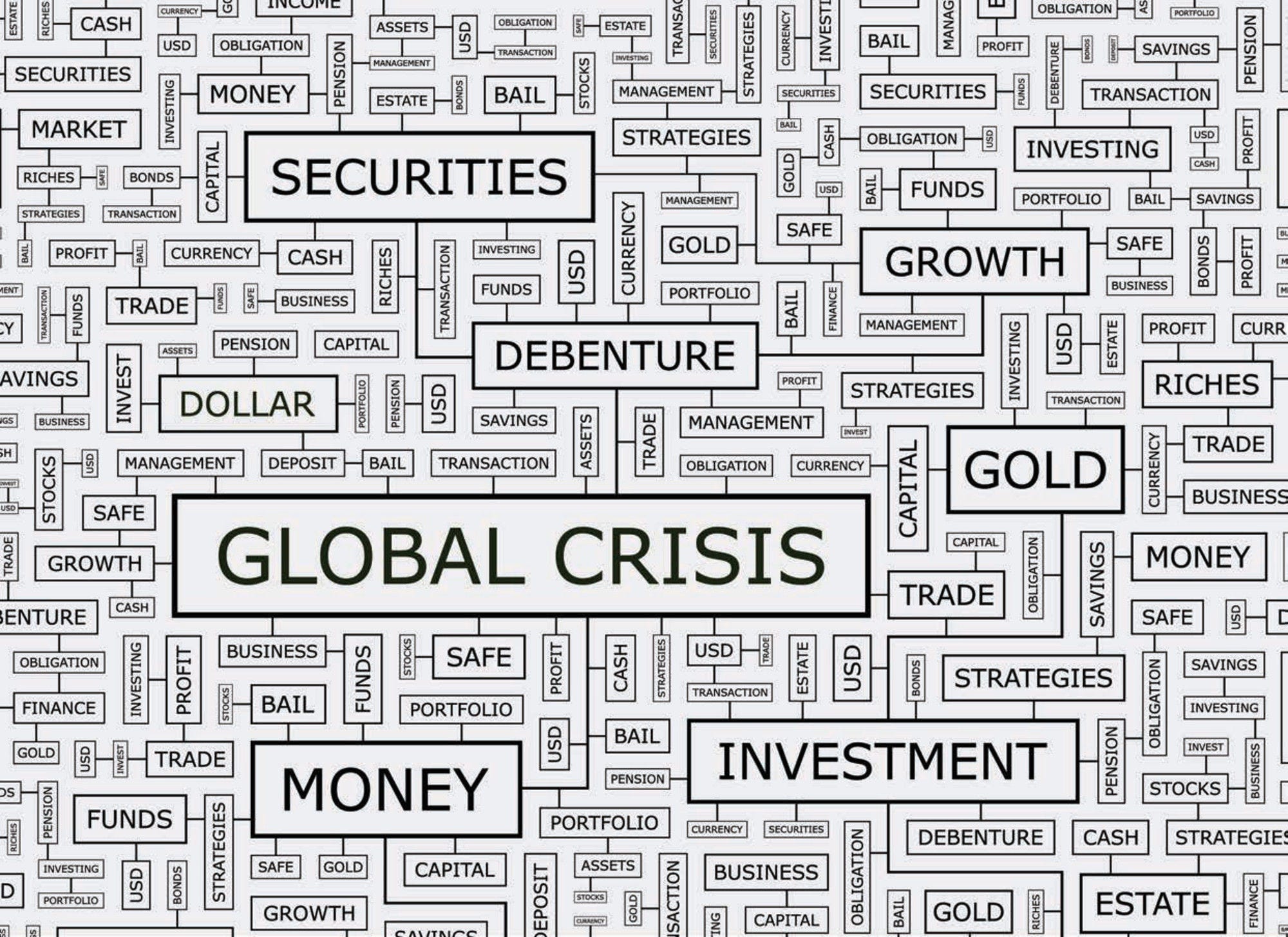New economic thinking and acting through a systemic approach could outline policy alternatives to tackle the global-scale systemic challenges of financial, economic, social and environmental emergencies, and help steer our recovery out of the current crisis. A systemic recovery requires an economic approach that balances several factors – markets and states, efficiency and resilience, growth and sustainability, national and global stability, short-term emergency measures and long-term structural change. To achieve this, we need to think beyond our policy silos, comprehend our interconnections, and build resilience into our systems.
A Systemic Recovery

Abstract
Executive Summary
Governments have spent over 16 trillion dollars responding to the Covid-19 crisis, while it would have cost only five dollars per person to prepare for an outbreak. A health condition that was being compared to a flu outbreak at the end of 2019 quickly provoked economic and social devastation worldwide, in addition to the health impacts. Policymakers often have a linear view of the world, where pulling the right levers will get the economy and society back on track after shocks and crises. Such an approach ignores how systems interact and how their systemic properties shape this interaction, leading to an over-emphasis on a limited set of characteristics, notably efficiency.
The emphasis on efficiency in the operation, management and outcomes of various economic and social systems was not a conscious collective choice, but rather the response of the whole system to the incentives that individual components face. This has brought much of the world to rely upon complex, nested, and interconnected systems to deliver goods and services around the globe. While this approach has many benefits, the Covid-19 crisis shows how it has also reduced the resilience of key systems to shocks, and allowed failures to cascade from one system to others. A systems approach based on resilience is proposed to prepare socioeconomic systems for future shocks.
Understanding complex systems
It is no coincidence that financial, environmental, public health, and broader societal crises are occurring simultaneously. Modern society increasingly relies upon complex and interdependent systems, yielding greater efficiency, but increasing vulnerability to disruption cascading from one system to another. To safeguard global well-being, an understanding of the interrelationships between such complex systems is essential to build resilience to future crises and not just withstand them, but be in a better position after the recovery than before.
Treating problems in isolation from each other and trying to optimise one part of the system can cause the system as a whole to become unstable as failures in one part of the network cascade through other parts. The drive for efficiency following the cuts to public services implemented as part of the austerity measures adopted in the aftermath of the 2008 financial crisis left health services unprepared for the surge in demand as the pandemic broke. Over-emphasis on efficiency also ended up by inflicting significant damage on global supply chains. Manufacturers and distributors failed to cope with fluctuating demand as infection, lockdowns and changes in consumption patterns exposed the fragility of just-in-time business models.
Apart from interconnectedness and the fact that decisions may have unintended consequences, a systems approach highlights other aspects of systems that decision makers should keep in mind. Foremost among these is resilience, the capacity of a system to anticipate, absorb, recover from, and adapt to unexpected threats. The need for more resilience is now widely acknowledged, but resilience will be far stronger, and less costly, if it is part of the design of systems from the outset rather the result of an intervention after disaster has struck.
Recommendations
Recovery and adaptation in the aftermath of disruptions is a requirement for interconnected 21st century economic, industrial, social, and health-based systems, and resilience is an increasingly crucial part of strategies to avoid systemic collapse. Based on NAEC reports and the resilience literature, specific recommendations for building resilience to contain epidemics and other systemic threats include:
Design systems, including infrastructure, supply chains, and economic, financial and public health systems, to be resilient, i.e. recoverable and adaptable.
Develop methods for quantifying resilience so that trade-offs between a system’s efficiency and resilience can be made explicit and guide investments.
Control system complexity to minimise cascading failures resulting from unexpected disruption by decoupling unnecessary connections across infrastructure and make necessary connections controllable and visible.
Manage system topology by designing appropriate connection and communications across interconnected infrastructure.
Add resources and redundancies in system-crucial components to ensure functionality.
Develop real-time decision support tools integrating data and automating selection of management alternatives based on explicit policy trade-offs in real time.
Invest in “brain capital” to meet the increasing demand for advanced cognitive skills in an economy where innovation is a tangible deliverable of employee productivity, but where brain-based issues are increasingly impacting negatively on productivity and well-being.
Conclusions
The crises we have faced have brought to the fore the importance of action along these lines in several policy domains. Four objectives for economic policy making should be paramount: environmental sustainability; rising wellbeing; falling inequality; and system resilience - understood as the economy’s ability to withstand financial, environmental or other shocks without catastrophic and system-wide effects.
In the same series
Related publications
-
 21 November 2024
21 November 2024 -
 21 November 2024
21 November 2024 -
 21 November 2024
21 November 2024 -
 21 November 2024
21 November 2024 -
 21 November 2024
21 November 2024 -
 21 November 2024
21 November 2024 -
 21 November 2024
21 November 2024 -
 21 November 2024
21 November 2024


